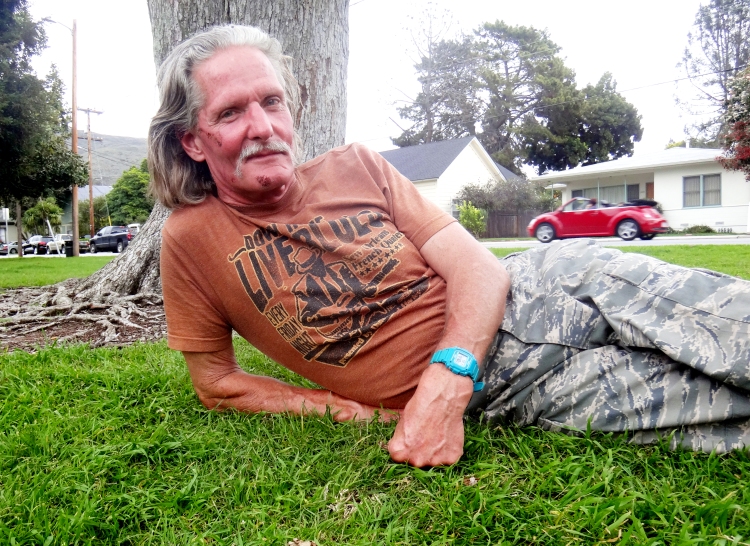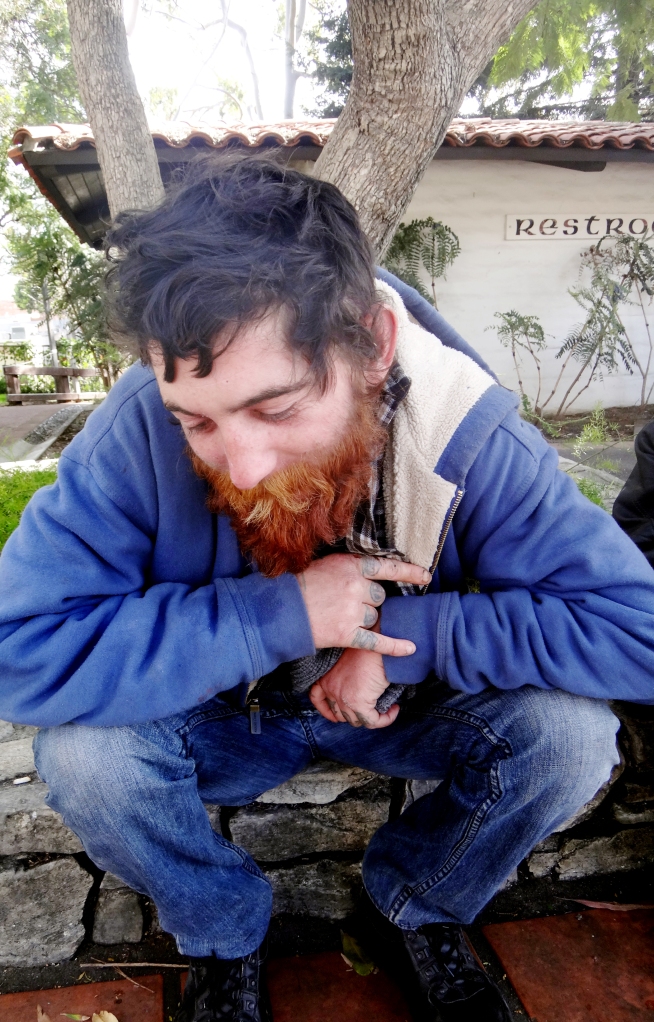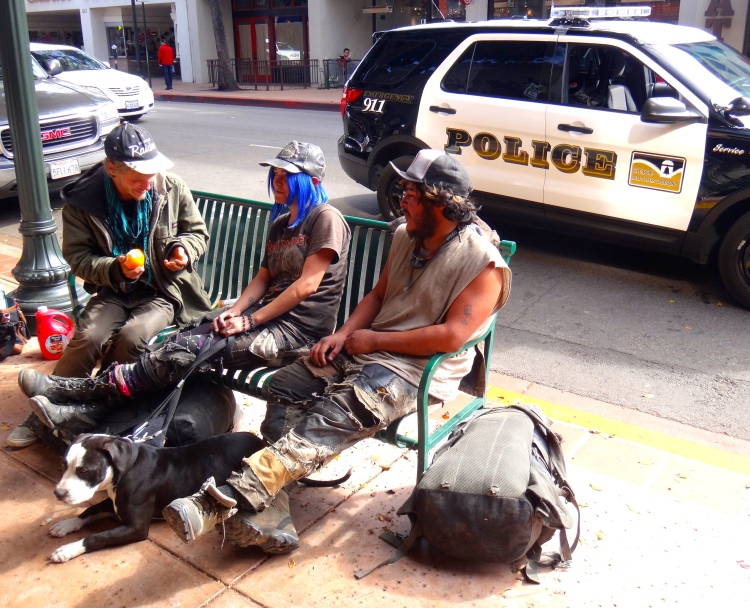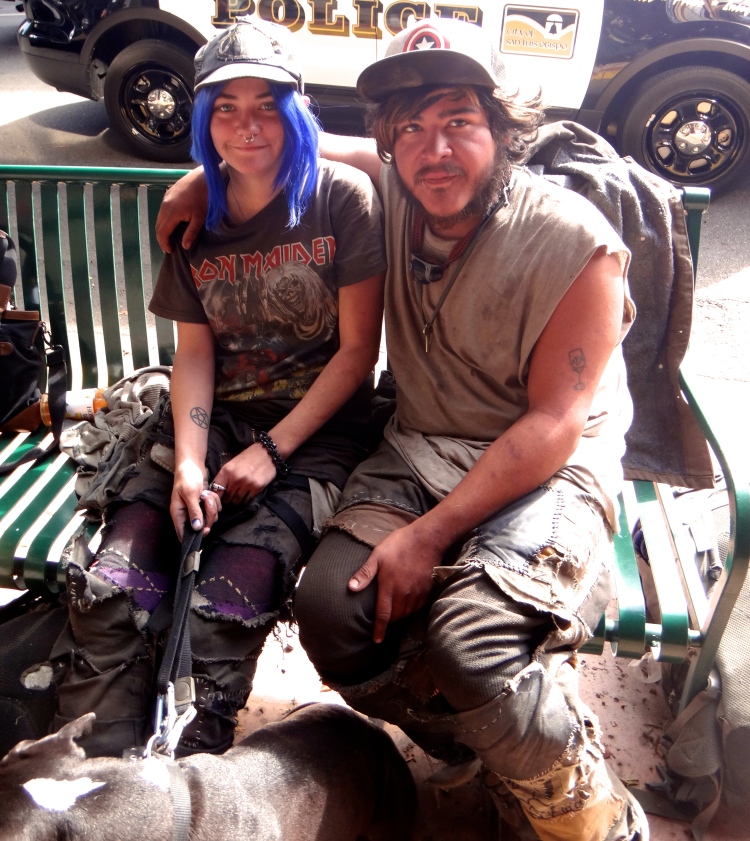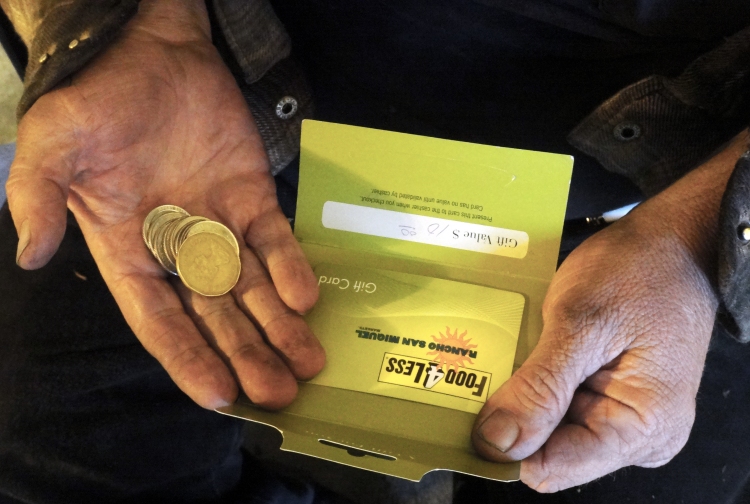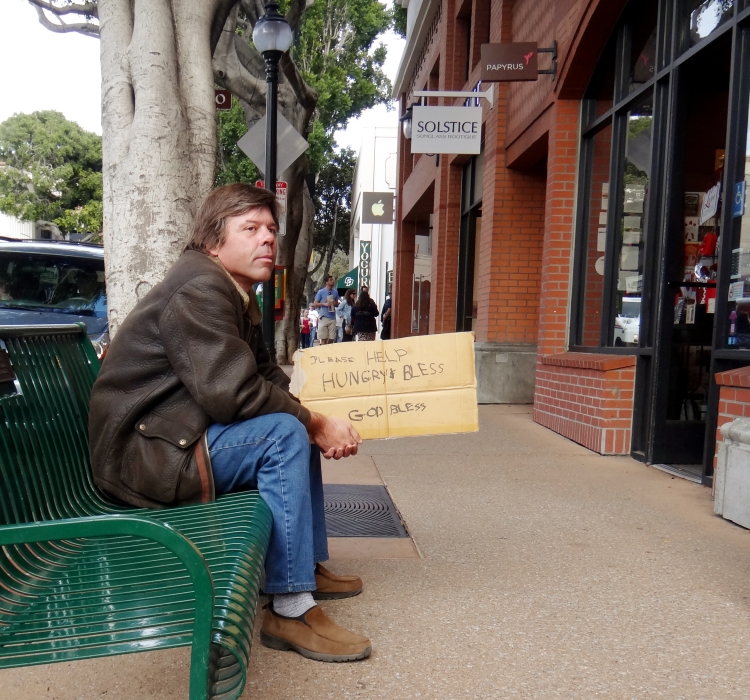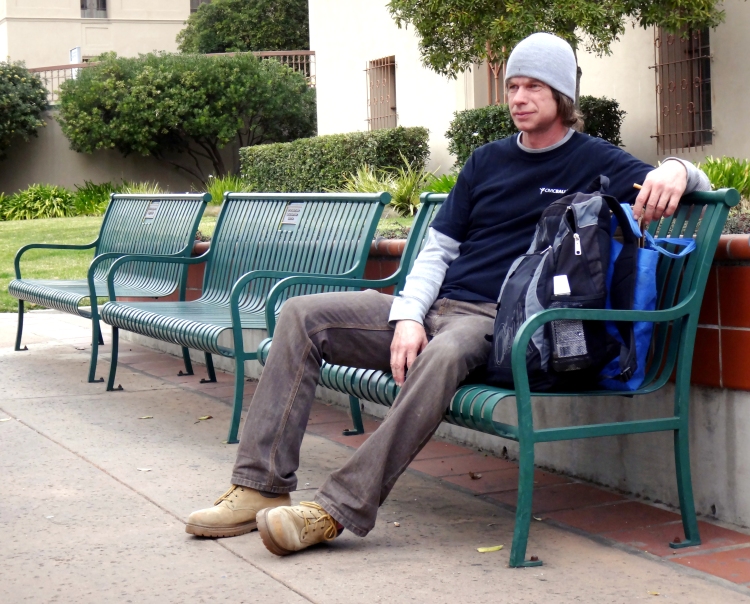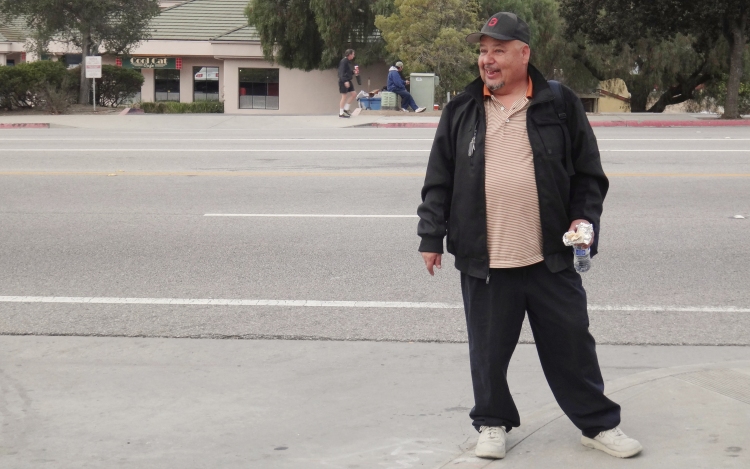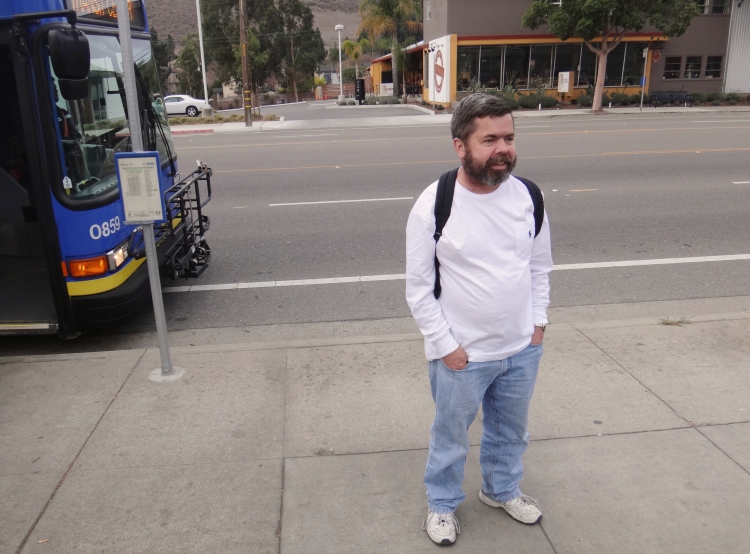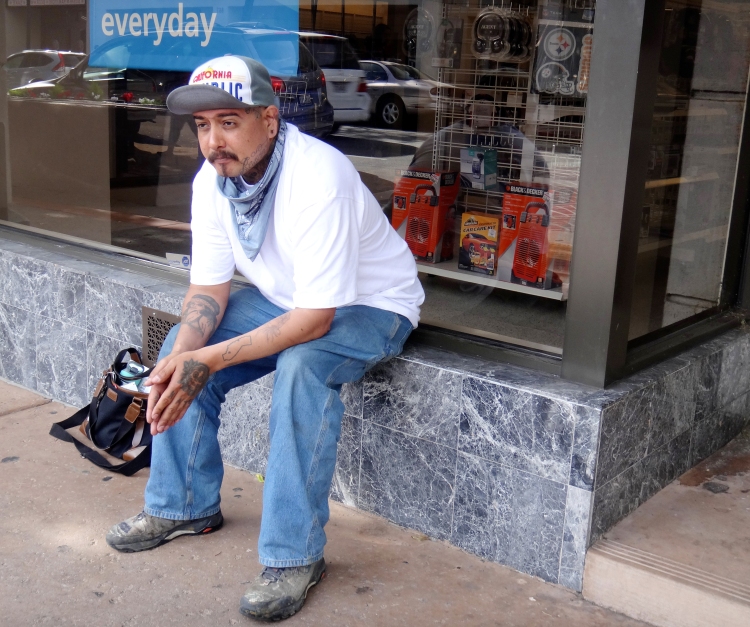After doing this project, it brought to light just how insignificant and small my own problems are compared to all these wonderful people that I’ve met during my interviews. Every single one of these homeless individuals that I met these past few months have touched my heart and made me even more understanding to the multi-faceted problems that homeless people face every single day.
In response to questions that I’ve been approached with over the past quarter:
“Why don’t they just stop being homeless?”
“Don’t encourage them, they’ll never learn to get a real job.”
“If you’re poor, why don’t you just stop being poor? I don’t understand why they choose to be like that.”
The simple answer is, homelessness is the result of a cascade of problems that are inflicted on a single individual, with little to no outside help or support. It is a vicious cycle that is monumentally difficult to claw your way out of, and is rarely a lifestyle that the individual willingly chooses.
After conducting more than twenty interviews, here are some things that I learned:
- No matter who it is, always shake their hand before and after, especially if they were not open to be interviewed.
- Always carry change or a bite of food.
- Keep my opinion out of the interview and reveal little about myself.
- Silence is key to a great interview. A lot of interesting things come out of silence.
- Don’t be discouraged if no one is around or no one wants to talk. One man who I talked to had a sign that just read “change”, didn’t want to be interviewed because he said he would fall apart under pressure. More often than not, they’re more scared than you are.
- Hug them if they hug you and don’t let go until they let go.
- Treat these like any other major interview, because it is.
- Treat them with respect because everyone deserves respect. I have a whole new group of friends just from this project, and we’re all on a first name basis.
- Even though I felt responsible for their wellbeing, and its difficult to see them in the same condition week after week, there is nothing I can do.
- Don’t take any anger personally. The only reason why homeless people are stereotyped as mean and bitter is because they don’t have the patience to treat others with kindness. When people already mistreat you, why should you put any effort into being nice back?
- Homeless people are some of the friendliest and loneliest people on earth with some of the coolest life stories. Be humble and take a seat.
After this project, I learned how to talk to anyone openly and make them feel comfortable. It put me in their shoes and changed the way that I treated people in my life. It made me realize how absolutely reversible these situations are, because all they need is a chance.
To Greg, Joker, Squidward (Aaron), Walter, Ollie, Jim, Peter, James, Robert, Steve Majors, Ernesto, Tori, Patrick, Scotland, Ben Burns, Jesse James Morrison, Valerie Derby, David Danielson, Dr. John, Thomas Fischer, and Chad Noll, thank you so much for letting me into your lives. Thank you for letting me share your stories to the world and show the common roots that we all share. Thank you for letting me disprove all the wrong stigmas associated with being homeless and interacting with homeless individuals.
